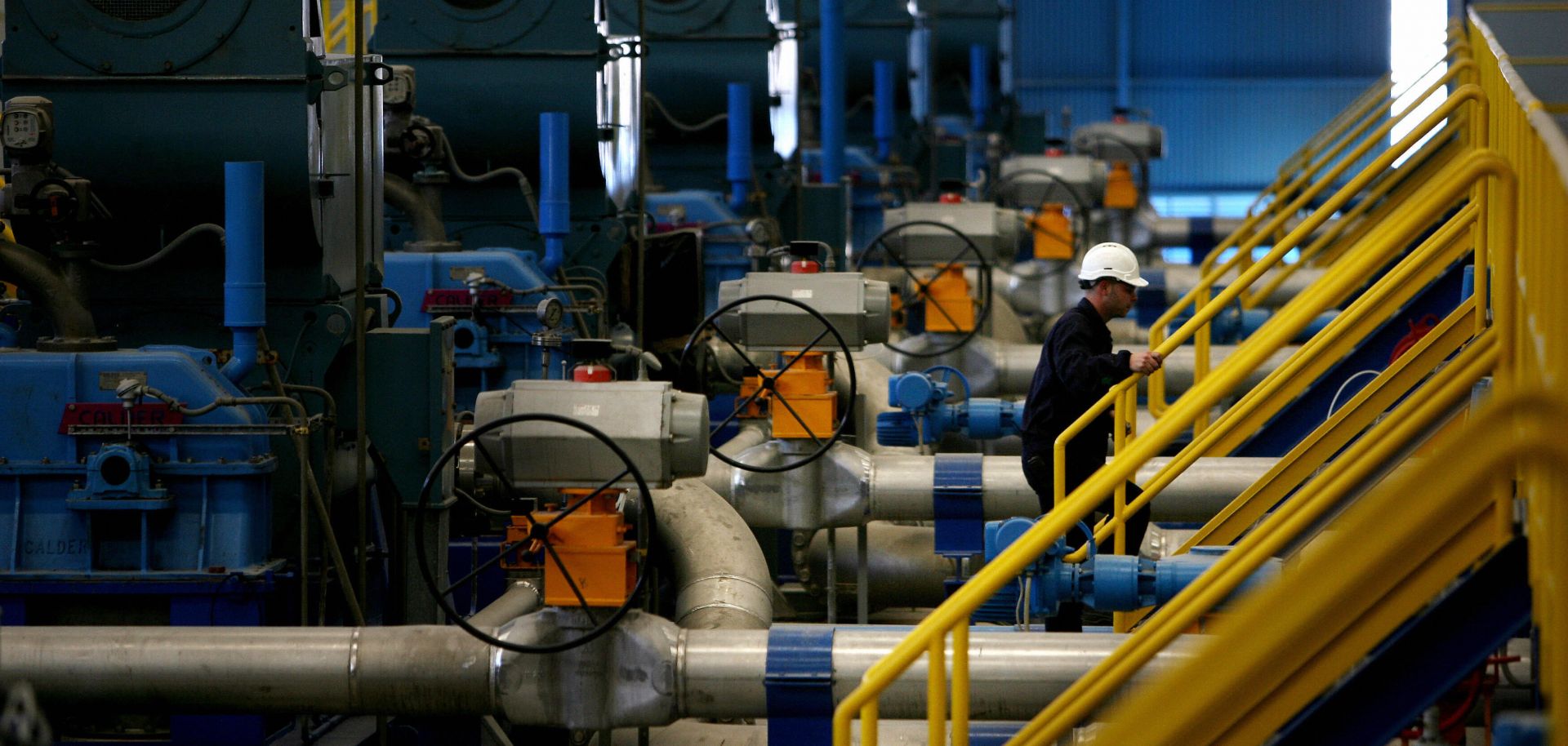
Few geographic constraints are more universal than water scarcity. And with overuse, population growth and changing environments putting more strain on the world's limited fresh water resources, scarcity is becoming an even bigger concern. As global demand rises and supplies fall short, improving water purification methods will become an attractive option for countries looking to close the gap. Materials such as graphene are already paving the way to cheaper, more effective and more energy efficient filtration methods.
Desalination and water recycling can go a long way in making up for scant natural water resources. The industry standard of desalination by reverse osmosis involves forcing water through cell membranes at high pressures to reduce the salt concentration present in either seawater or brackish water. Achieving those high pressures typically requires a large amount of energy, but graphene filters may soon change that. Graphene is much more permeable than the materials traditionally used to make desalination filters, reducing the amount of energy needed to separate salt from the water passing through it. According to some estimates, graphene filters can lower the monetary cost of producing water through desalination by as much as 20 percent.
As is often the case with graphene products, though, the filter's limitation lies in the process of manufacturing it. Because of this problem, graphene filters have been slow to develop, and efforts have been diverted to recycling wastewater for the oil and natural gas industry, which does not require as much uniformity in filters.
But a new manufacturing technique may make it possible to produce graphene filters with the size and standardization needed for large-scale desalination. Australian and U.S. researchers have developed a process that uses a blade to spread a viscous graphene-oxide material into a thin sheet that can remove virtually anything from water, including chemicals, salts, viruses and bacteria. These graphene-oxide filters could become a formidable tool in combating water scarcity, though they may not be widely used for at least another five years. As water resources become increasingly strained in some of the biggest cities and most populated countries, improvements in purification technologies will be important for more effectively using the limited water the world has left.



